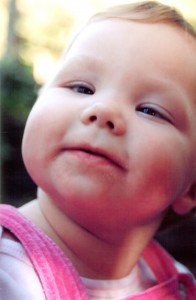Our previous blog post discussed just a couple reasons why it’s important to talk to your child at a very young age. Talking with them also allows them to prepare for speaking and reading on their own. So, lets go over some methods of Phonological awareness. Phonological awareness is defined as the ability to recognize that words are made up of a variety of sound units.
The following two snippets show how to build phonological awareness for babies and 2-3 year olds.
Phonological Awareness for Babies
By: Michelle Munro
Saying nursery rhymes and singing songs is the best way for babies to learn phonological awareness.
Eensy Weensy Spider
The eensy weensy spider climbed up the water spout.
Down came the rain and washed the spider out.
Out came the sun and dried up all the rain.
So the eensy weensy spider climbed up the spout again.
Dance Your Fingers
Dance your fingers up
And dance your fingers down
Dance your fingers to the side
Dance then all around.
Dance them on your shoulders
Dance them on your head
Dance them on your tummy
And put them all to bed.
Music and movement: Singing songs and moving to the rhythm of the music helps your baby begin to hear small sounds.
Books:
Nursery Rhyme books
Mother Goose books
Mr. Brown Man Moo, Can You? by Dr. Seuss
Phonological Awareness for 2-3 Year Olds
By: Megan Brandsma
To help young children build phonological awareness, read books that have words that repeat the same beginning sound. One fun book to try this is, “Silly Sally,” by Audrey Wood. Think of words together with your child that begin with the beginning sound of S – spoon, stove, song, etc. You can do this without a book by thinking of a word and saying it out loud. Help your child think of more words that begin with the same sound.
Hearing smaller sounds in words helps children develop phonological awareness. Helping your child hear parts of words will help them when they learn to read later. Clapping out syllables of words allows children to hear those smaller sounds. An example would be kangaroo: kan-ga-roo [clap-clap-clap]. You can also use the child’s name, family member’s names or things they are interested in if you don’t have a book handy.
Learning to recognize when words rhyme is another skill that will help children prepare for later reading. “Sheep in a Jeep,” by Nancy Shaw, is a great book to practice this as there are many rhyming words. You don’t need a rhyming book because you can pick out any word in a book and think of a rhyming word even if it doesn’t make sense. Ask if the two words rhyme. Then think of another word that doesn’t rhyme with your first word and ask your child if these two words rhyme.
One of the most important things you can do to help your children be successful as they learn to read later is to play with and enjoy words with them. Singing songs, reading poems, playing word games and saying nursery rhymes are all great ways to accomplish this.


